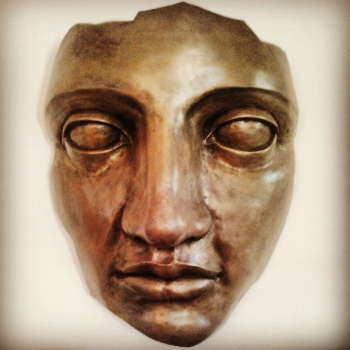
Journey to Avalon: the Final Discovery of King Arthur
by Chris Barber and David Pykitt.
Blorenge Books, 1993.
Many years ago F T Wainwright wrote an illuminating essay about the relationship between the disciplines of history, archaeology and place-name studies;¹ and when I first read Barber and Pykitt’s Arthurian theory I found it informative to use some of Wainwright’s criteria by which to judge its success.
Journey to Avalon is a handsome book co-authored by David Pykitt (who provided the bulk of the text) and Chris Barber (who supplied the copious monochrome photographs and published the book under his own imprint Blorenge Books), filled with plentiful line illustrations — mostly uncredited — and attractive maps. There is an extensive bibliography, several appendices and generous acknowledgement of sources of information and general help (including from this reviewer).
The main theme of the book is the identification of Arthur as not only a 7th-century Welshman, one Athrwys ap Meurig, but also the 6th-century Breton saint Armel. The result is nearly 200 pages of close-packed argument in which the authors present the conclusions of years of research. However, when we come to examine the details of their hypothesis (with its title deliberately contradicting Geoffrey Ashe’s 1985 The Discovery of King Arthur) we find that the scaffolding surrounding their construct is decidedly rickety.
Continue reading “Neither a true nor a final discovery”
